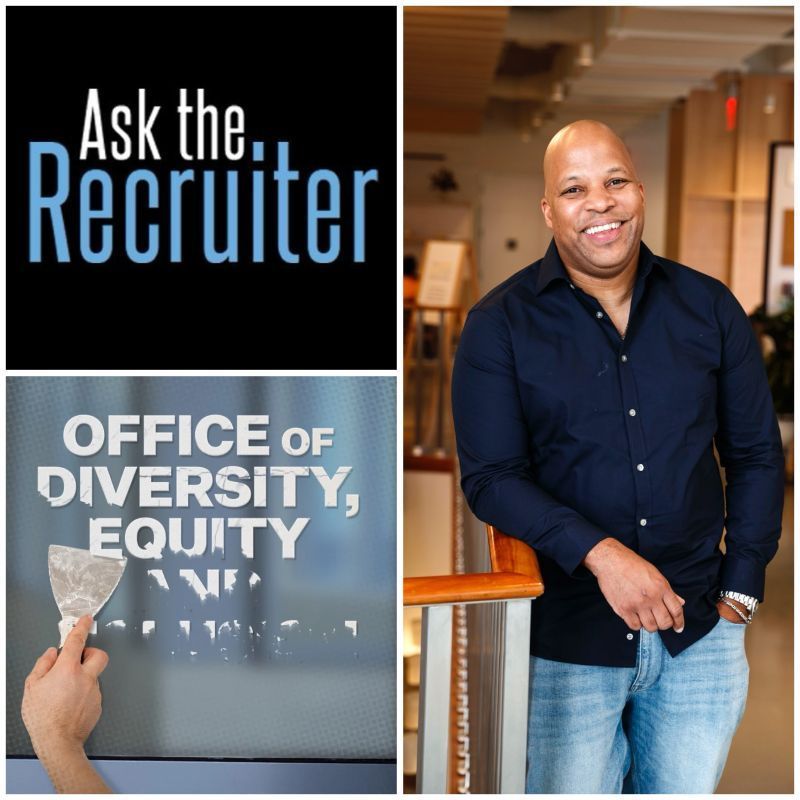ECE Career Search Workshop June 7th in Philly
Glenda speaks about her Career Coaching Session with Kenneth L. Johnson, Diversity Recruiter and President of East Coast Executives.
This workshop is a unique opportunity for motivated career seekers who wish to secure their "dream job". For those who are committed to putting their best foot forward for the upcoming hiring season , this session is for you. Executive Recruiter and Career Search Expert, Kenneth L. Johnson will explain four crucial career elements that will give your career search that needed boost and provide a definite edge over the competition. In three hours you will master a set of tools that will allow you to:
1. Identify your most marketable employment skill-sets. Receive consultation on the five career search tools that will define the strengths and weaknesses of your current job search strategy. We will help you redesign your "marketing tools" to appeal to your unique employment partner.
2. Show you the reasons that your resume is being purged out of the on-line application or ATS (Applicant Tracking System). We will share with you the secrets to mastering the on-line process each and every time.
3. Provide you with a step by step technique that will teach you how to conquer the Behavioral Based Interview by teaching a technique that 97% of all HR Departments, Hiring Managers and Corporate Recruiters are utilizing to weed out candidates during the interview process.
4. Gain insights into a company's motivation to hire and learn a follow-up system that will firmly place you at the top of the candidate list.
If you're tired of constantly applying to jobs on-line without hearing any substantial feedback and feel there has to be a better way, this is it! Kenneth L. Johnson is the top Diversity Recruiter by Google search engines and is President of East Coast Executives, recognized by The Philadelphia Business Journal as a top Retained Executive Search Firm 2013, 2014 & 2015. He has conducted search assignments for some of the most prestigious companies in the world Tiffany & Co., Pepsi Co., Disney, ESPN, New York Life and Dell to name a few.
This is your time to take your career seriously. Reserve your seat ACT NOW!















